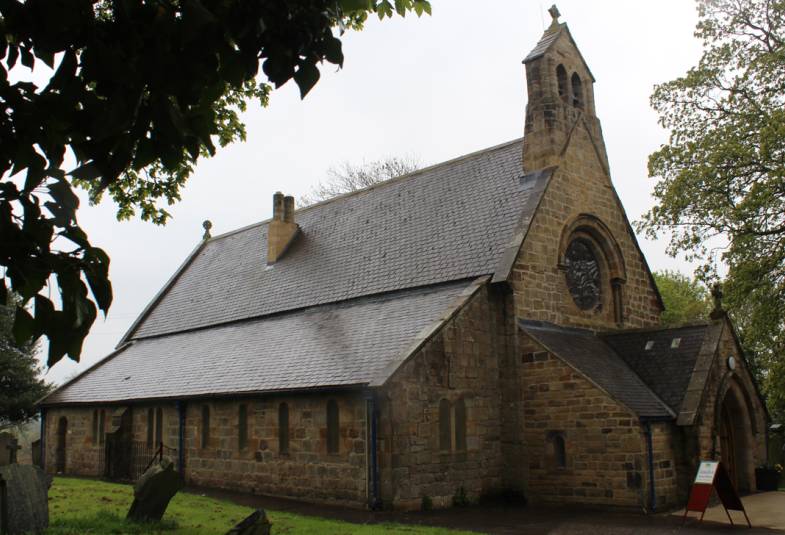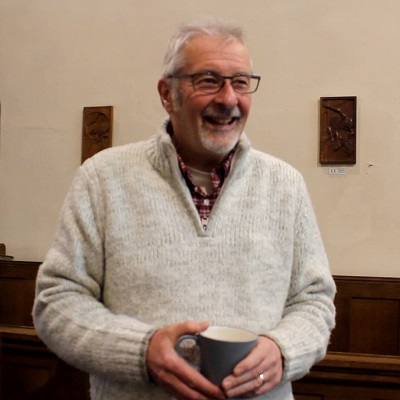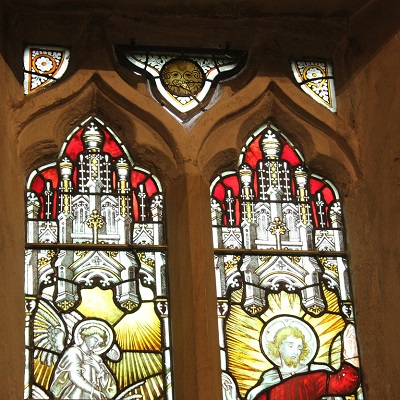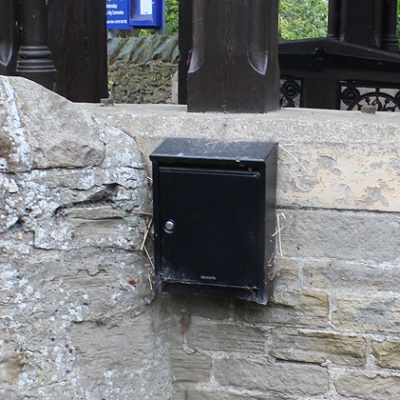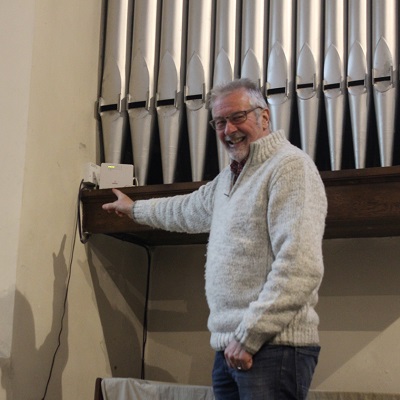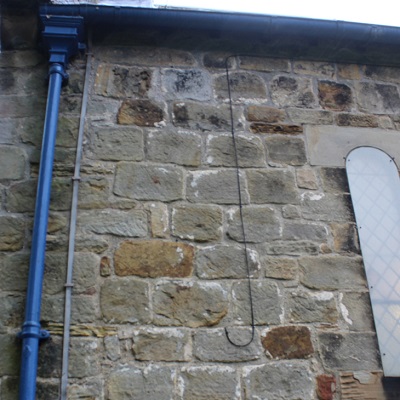An interview with David Wilcox, Churchwarden
(View/download case study as a PDF)
St Michael and All Angels is the parish church of Witton Gilbert and Sacriston in County Durham. Originally a chapel of ease within the large City of Durham parish of St. Oswald’s, the building has existed in some form since the late 12th Century.
As David Wilcox, Churchwarden for over six years, notes, there have been "800 years of prayer" in the building situated on the idyllic wooded hillside overlooking the vale of the River Browney. Eight hundred years in which Christian worship was conducted without any need for copper cables or radio waves. So why, after eight centuries of coping without it, did the people of St Michael's decide to look into getting connected to the internet?
"There's 800 years of prayer in the building."
It began with a health and well-being charity; a community project called Breathing Space, which aimed to use the rural, secluded, and beautiful church setting for groups, organisations and individuals to explore and improve their overall health and well-being; far from the stresses of modern life. The situation of the church beside the Witton Dene Local Nature Reserve was thought perfect to help local people focus on their mental and spiritual health. Getting the project off the ground required a project officer. The project officer needed somewhere to work; and where better than the church itself?
There was just one thing missing: a good internet connection.
"We all thought it was a simple case of asking BT to come along and put a telephone line in."
However, it wasn't to be quite as simple as the PCC expected. Upon approaching BT, David was told the church needed an Internet Service Provider (ISP). The PCC got together again to decide on the most economical ISP for the requirements they'd identified. Unfortunately, after they approached their chosen ISP they were told that the church, despite having been on the site for eight centuries, did not have an approved official address; so the suppliers were unable to proceed with the installation.
The next point of contact was the Royal Mail, who were also unable to help, and told the PCC to approach the local authority's Street Naming and Numbering Officer. Eventually an address was approved for the church by the local authority, and the matter was returned to the Royal Mail for the allocation of a dedicated church postcode. The next question was "Where's your letterbox?" And the answer, unfortunately, was that St Michael and All Angels, like many older churches, didn't have one.
"We approached Royal Mail and they said 'Yes, we can give you a postcode. Where's your letterbox?' Ah, we haven't got a letterbox. 'You must have a letterbox!'"
A faculty was required for attaching a postbox to the inside of the church wall by the lychgate, and from that point on the ISP and BT were able to liaise to have a phone line brought in to the building, and an internet connection enabled. The faculty for the works was approved in June 2015, and the line was installed the following month.
Now the charity Breathing Space operates directly from the church itself, with the project officer using a dedicated office space adjoining the porch for phonecalls, emails, updating social media, and applying for grants online.
The internet connection is also much appreciated by the various groups who hire the church building for community use, as the wireless router is able to distribute signal across the church, including to the north aisle, where the pews have been removed to enable more flexible use of the space.
One of the more innovative and unexpected uses of the connection at St Michael's occurred when a group from Northumberland came to the church and had planned a walk along the river to the derelict Beaurepaire Priory.
Not all of the group were able to manage the walk, so they were able to video it and live-stream the journey straight back to the church to share on a screen with those who were not able to join them. Perhaps just one of many unexpected future benefits of the technology...
"If you're a rural church, [getting connected] can be a real difficulty; but it allows the church to be open and used by other people ... it can help maintain the building, and may start to attract people to come to church."
